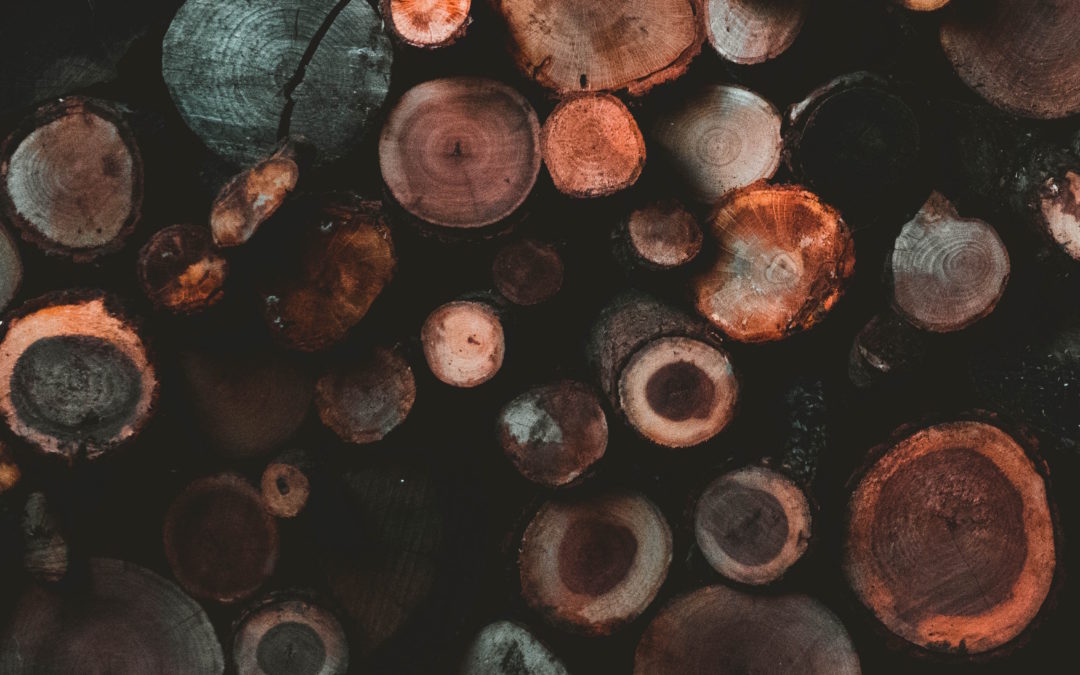No one wants to see the dreaded wood discoloration of mold. But not all wood discolorations are mold, and many types are harmless. The article Is It Really Mold? by Pallet Central Magazine reviews some of the common types of wood discolorations, which are more fully discussed in the report Wood Discolourations & Their Preventions, with an Emphasis on Bluestain.
Iron Stain
Iron stain, the most common type of black stain found on wood products, may occur “if particles of iron are deposited on wood during railway transport or if steel wire, staples, or nails are in direct contact with wood and the wood becomes wet.”
How to prevent it: As explained in the report, “Iron stain requires the presence of iron, wood and water and will not occur if one of these is absent”.
Brown Stain or Zebra Stain
Brown stain occurs in western hemlock after the wood is dried in a kiln, making affected areas appear dark brown. Zebra stain occurs below the surface of susceptible pieces when iron or manganese darkens the brown stain to black.
How to prevent it: Because zebra stains are naturally occurring, they’re challenging to control.
Bluestain
Bluestain, commonly confused with mold, is the most common type of fungi found in wood products. The report explains the causes of deep bluestain and surface bluestain, but the most important things you need to know are: 1) It isn’t linked to human health issues 2) It isn’t airborne and 3) It doesn’t digest the wood cell wall, so it won’t decay the wood.
How to prevent it: Some Bluestain can be prevented and some can’t. The report goes through various prevention options such as different storage techniques, chemical control, and others.
Sun Exposure
When wood is left out in the sun, it will darken and eventually become weathered.
How to prevent it: Keep wood products covered and make sure they are also ventilated when storing wood products outdoors.
Enzymatic Discolorations
Enzymatic discolorations occur mainly in hardwood species and are caused by “the reaction of enzymes or polyphenolic compounds in living cells,” which “produces a grayish or brownish tone in sapwood”.
How to prevent it: The report suggests a few possible methods that may help but these discolorations are naturally occurring and challenging to control.
Mineral Discolorations
This type of discoloration “sometimes develops in standing or fallen trees in mineral rich soils”. They appear differently in different tree species: “dark lines or streaks in oak, green or brown patches in sugar maple, or purple to black areas in yellow poplar”.
How to prevent it: The report says one possible way to prevent mineral discoloration in some species may involve drying the wood rapidly with fans or kilns. But these too are naturally occurring and challenging to control.


